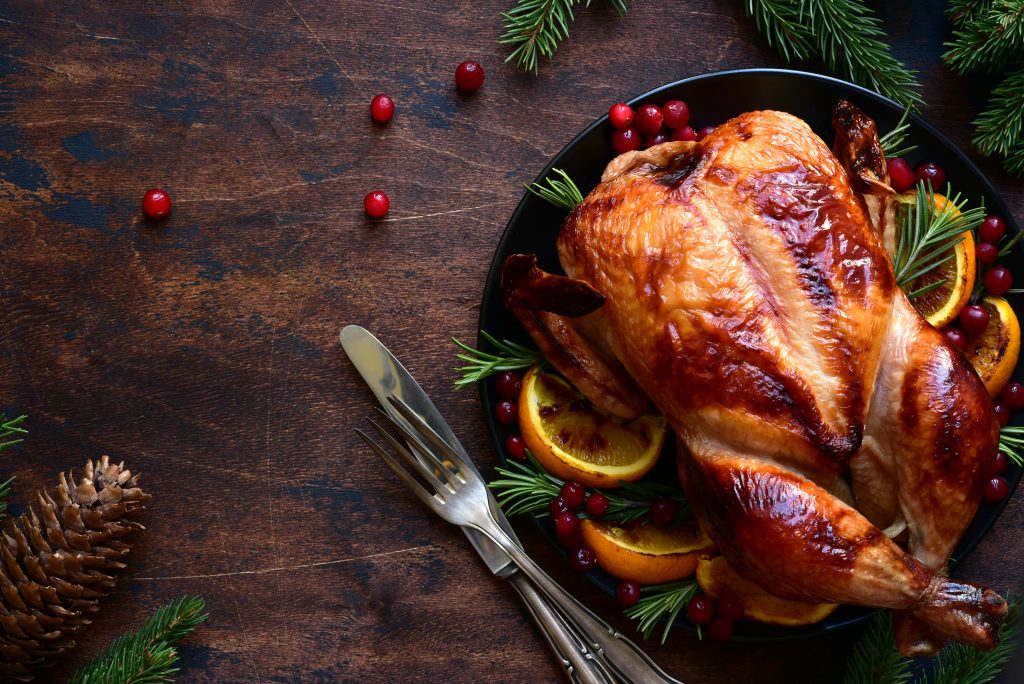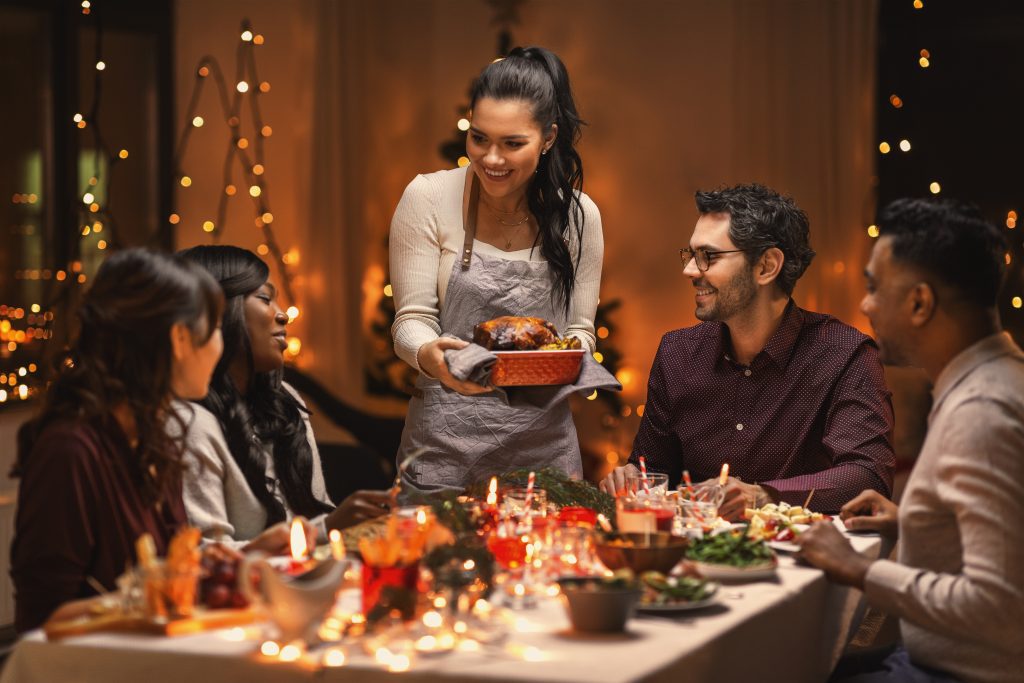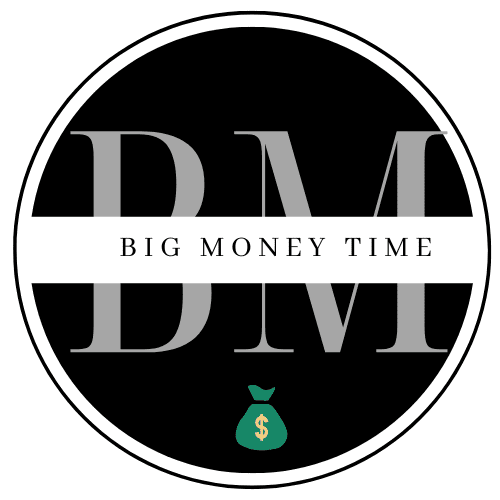How To Prepare A Christmas Feast While Sticking To Your Budget
The anticipated rise in inflation for this year’s Christmas dinner might cause you to be concerned about breaking the bank. However, even if you are on a budget, crafting a delectable Christmas dinner doesn’t necessitate compromises on quantity, quality, or taste. Cashfloat offers practical tips to help you relish your Christmas feast without burdening your wallet.

Start by shopping early for your Christmas dinner. You can look for bargains and special offers that can be frozen or stored during the festive season. Some retailers increase prices as Christmas approaches so that planning can shield you from these elevated costs. By spreading the food shopping over a few months, you can manage the costs more effectively, avoiding the shock of a substantial bill the week before Christmas when other expenses demand budgeting attention.
Creating a menu plan for your Christmas dinner is a pivotal step. Despite the bustling aisles filled with holiday shoppers, resist the urge to overbuy by clearly outlining what you intend to cook each day. This strategy prevents unnecessary waste, as perishables can go wrong if not utilized. Once your menu is in place, craft a corresponding shopping list and stick to it. Steer clear of temptations from special offers or discounts on items unlikely to be consumed.
When purchasing ingredients, focus on buying the right amounts. For the centerpiece of your Christmas feast, the turkey, estimate approximately 500g per person. Another option is to purchase frozen birds, which are relatively cheaper than fresh ones. To add substance to smaller-sized birds without spending more, consider extra servings of vegetables and using sausage-meat stuffing.

Regarding smart shopping for your Christmas meal, compare prices per kilo to secure the most economical options. Opting for loose vegetables is more cost-effective, and selecting cheese cuts from the deli rather than pre-packaged options can also contribute to savings. Enhance your post-dinner cheese board with dried fruit, homemade chutneys, and crackers to make a lasting impression.
Cooking your Christmas dinner yourself can significantly reduce expenses. Except for items like Christmas pudding, most traditional Christmas foods can be made from scratch at a fraction of the cost of their store-bought counterparts. Involve your family in the preparation process, and you’ll find that pre-cut vegetables can be pricier than fresh produce.
If you’re not a confident cook, consider compromising by enhancing the taste of cheaper mincemeat with additions like orange zest, spices, or dried fruit. Additionally, you can buy a plain Christmas cake and decorate it yourself with icing, marzipan, and affordable plastic cake decorations.
For those willing to deviate from traditional Christmas favorites, consider replacing costly items with more budget-friendly alternatives. Swap smoked salmon for smoked mackerel or create an inexpensive salmon pate using salmon trimmings. For alcoholic drinks, opt for a sparkling white wine instead of expensive champagne for a Bucks Fizz, or use cheaper wine to concoct a refreshing fruit punch.

Lastly, make the most of your leftovers. With careful menu planning and a considered shopping list, you likely already have ideas for repurposing excess food. Explore online recipes to find creative ways to utilize leftovers, ensuring no food goes to waste. By stretching leftovers across multiple meals, you make savings and contribute to a more sustainable approach to your Christmas festivities.
These practical budgeting tips for your Christmas dinner can significantly reduce holiday food shopping expenses without compromising the festive spirit. Proper planning and organization allow you to savor an unforgettable Christmas without starting the New Year burdened by debt. Enjoy the holiday season without breaking the bank by implementing these cost-effective strategies for your Christmas feast.
